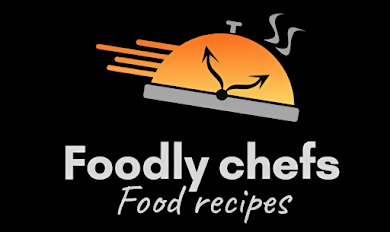The Art of Food Storage and Preservation: Ensuring Freshness and Reducing Waste
Introduction:
In a world where food waste is a growing concern, mastering the art of food storage and preservation is essential. Not only does it help in reducing waste, but it also ensures that our food stays fresh and flavorful for longer periods. Whether you're a seasoned chef or a home cook, understanding the best practices for storing and preserving food can make a significant difference in your culinary journey. In this blog, we will explore professional tips and techniques for food storage and preservation that will help you make the most of your ingredients and reduce unnecessary waste.
1.Prober Refrigeration
Refrigeration is one of the most effective methods for preserving perishable foods. Set your refrigerator temperature between 35°F and 38°F (1.7°C and 3.3°C) to maintain optimal freshness. Store raw meats and seafood on the bottom shelf to prevent cross-contamination. Keep fruits and vegetables in separate crisper drawers, as they require different humidity levels. Properly seal food in airtight containers or wrap them tightly in plastic wrap or aluminum foil to prevent moisture loss and odors.
2. Freezing for Long-Term Preservation:
Freezing is an excellent method for long-term food preservation. However, it's crucial to follow a few guidelines to maintain quality. Before freezing, ensure that the food is fresh and properly packaged. Use freezer-safe containers or bags to prevent freezer burn and maintain flavor. Label each item with the date and contents for easy identification. Additionally, consider blanching vegetables before freezing to preserve their texture and color.
3. Canning and Pickling:
Canning and pickling are traditional preservation methods that allow you to enjoy seasonal produce all year round. Invest in proper canning equipment, such as jars, lids, and a water bath canner. Follow tested recipes and guidelines to ensure safety and prevent spoilage. Pickling is another popular method that adds flavor and extends the shelf life of vegetables. Experiment with different brines and spices to create unique pickled creations.
4. Dry Storage for Pantry Staples:
Dry storage is ideal for preserving pantry staples like grains, legumes, and spices. Store these items in a cool, dry place away from direct sunlight. Use airtight containers to keep out moisture and pests. Consider investing in airtight glass jars or labeled containers to keep your pantry organized and ingredients fresh. Rotate your stock regularly to ensure that older items are used before they lose their quality.
5. Vacuum Sealing:
Vacuum sealing is a modern technique that removes air from packaging to extend the shelf life of food. It helps in preserving the texture, flavor, and nutritional value of ingredients. Use a vacuum sealer machine or bags to remove air and create a tight seal. This method is particularly useful for meats, fish, and delicate items like berries.
6. Reduce Food Waste through Meal Planning:
One of the most effective ways to reduce food waste is through proper meal planning. Plan your meals in advance, considering the ingredients you have on hand and their expiration dates. Use perishable items first and get creative with leftovers. Freeze excess portions for future use or repurpose them into new dishes.
Conclusion:
Mastering the art of food storage and preservation not only helps in reducing waste but also ensures that your ingredients stay fresh and flavorful for longer. By following these professional tips, such as proper refrigeration, freezing, canning, pickling, dry storage, vacuum sealing, and meal planning, you can make the most of your ingredients and contribute to a more sustainable culinary experience. Embrace these practices and enjoy the benefits of fresh, delicious food while minimizing waste. Happy cooking and preserving!


0 Comments